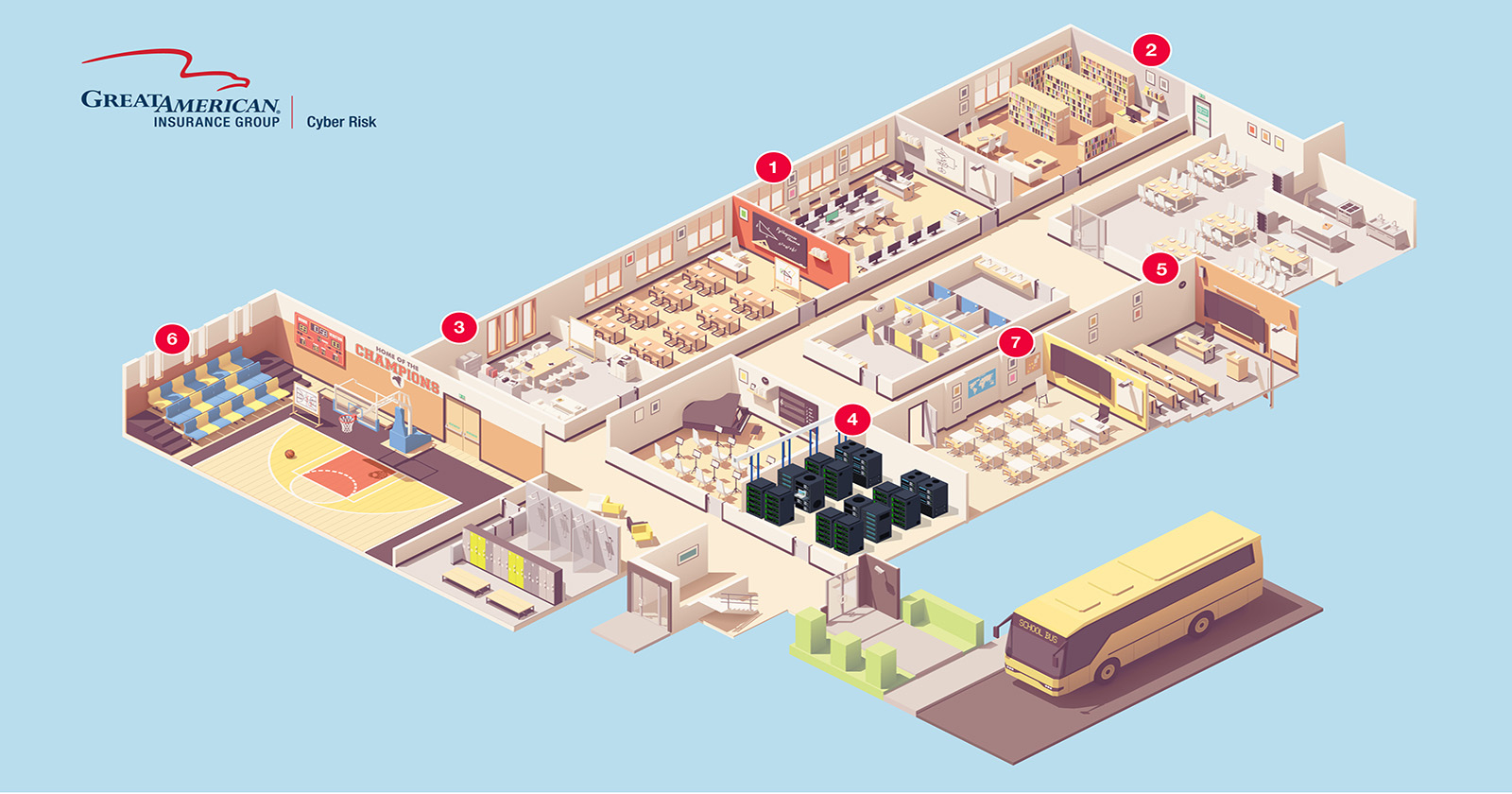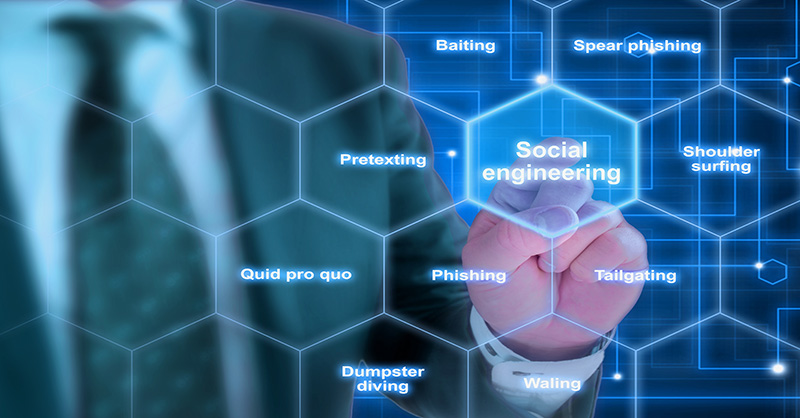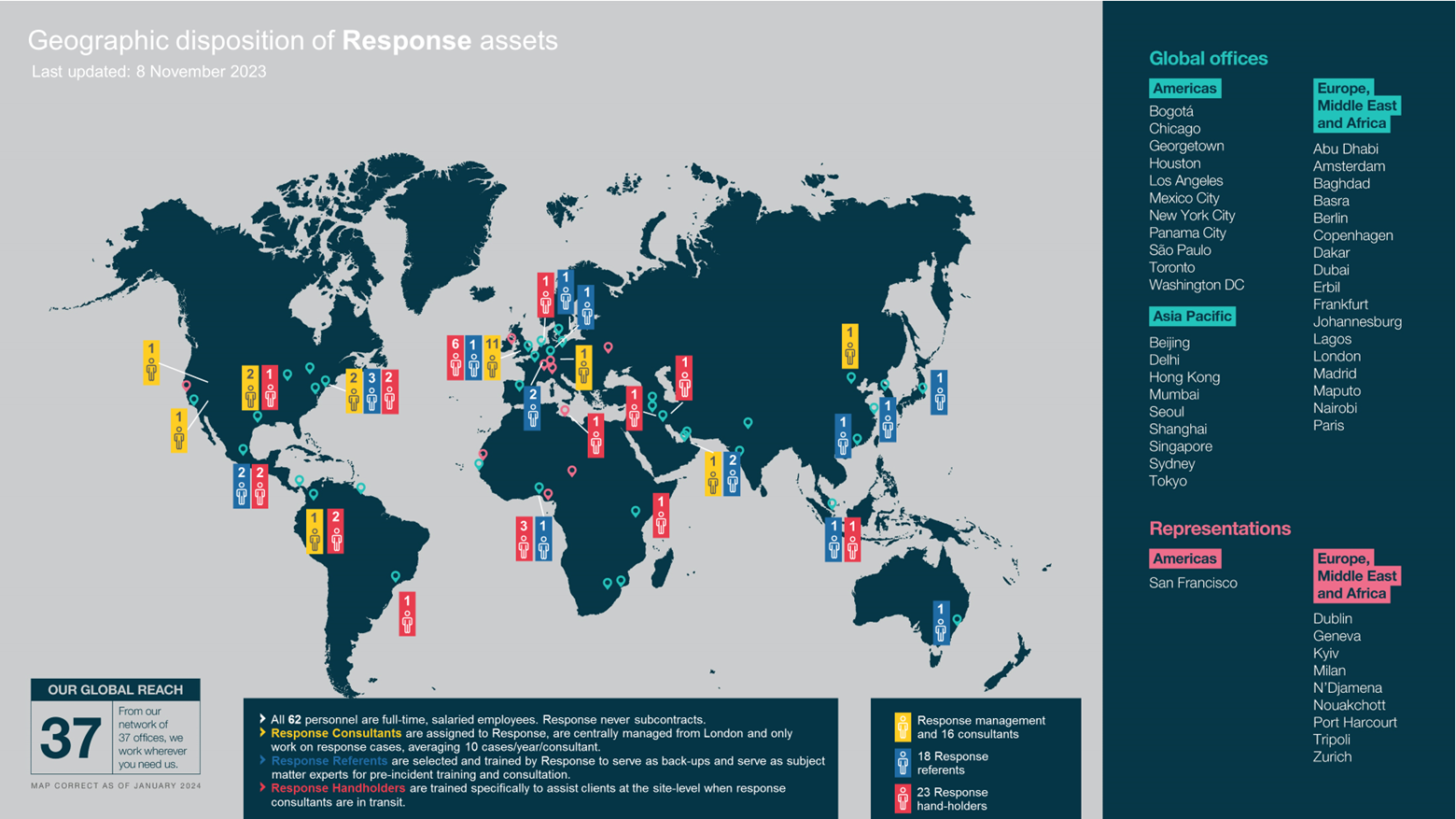Education Riskopolis

Let us help reveal these hidden risks! Great American Cyber Riskopolis Series uses an interactive, illustrative platform to provide examples of the variety of exposures, specific to your client’s operations, that may be financially threatening to businesses.
Take a look at the lurking dangers – are your clients protected from the exposures depicted below?
As cyberattacks against K–12 districts become more frequent and sophisticated; school leaders are becoming increasingly aware of the need for Cyber Risk Insurance. These policies protect school districts in the event of cyberattacks or data breaches, covering costs related to ransomware attacks, recovery, legal fees and even ransom payments.

1. Phishing Attacks on Staff and Students
Imagine checking your school email only to find a message from USAScholar urging you to verify your account details to avoid a scholarship award delay. This is a phishing attempt; Phishing attacks target both students and staff in schools. Staff are targeted for their access to databases, while students are susceptible to social engineering. Some tech-savvy students could cause a breach. Solutions include email filtering, separate networks for staff and students, restricting admin rights on student devices, and using applications like Zscaler to block malicious websites.

2. Malware Infections on School Devices
Ever imagine a school coming to a screeching halt because a nasty virus infected all the computers? It’s not unimaginable that a school district could be hit by ransomware causing massive outages, halted learning capabilities, and significant loss of sensitive data. Countermeasures include deploying anti-malware software, using applications like Zscaler and MFA, regularly updating software with security patches, and educating staff and students on safe online practices.

3. Social Engineering Attacks
What is social engineering? Social engineering is a type of attack that targets users by manipulating their emotions to inspire action. Attackers may target school staff directly by sending convincing emails that appear legitimate, and well-crafted. These emails may ask recipients to click a link, share login credentials, or provide sensitive information. Attackers could pose as concerned parents, tech support, or financial aid officers. Lastly, attackers could leave USB drives in public places with hopes a student would insert the USB drive to their computer. Educate staff often, and implement Multi-Factor Authentication (MFA) on staff devices and portals, as an added extra layer of security.

4. Insecure Cloud Storage Practices
Schools store a wealth of sensitive data in the cloud, from student grades and transcripts to financial records, social security numbers, and even health information. This data is protected by the Family Educational Rights and Privacy Act (FERPA), However, misconfigured storage can expose this data. Such breaches can lead to FERPA violations, fines and identity theft. To help prevent this, schools can implement access controls, leverage encryption consistent with the best available ciphers, staff training and choose secure cloud providers.

5. Weak Password Management
Protecting student data is crucial, especially under the Family Educational Rights and Privacy Act (FERPA). Schools should enforce robust password policies. Encourage students, staff and faculty to create unique, complex passwords. This can include a mix of uppercase and lowercase letters, numbers and special characters. Avoid easily guessable information. Store passwords security in a hashed format, using a password management tool.

6. Unsecured Public Wi-Fi Usage
Have you ever connected to a free Wi-Fi network at your favorite coffee shop to check your school email? While it’s convenient, these unsecured connections come with risks. Imagine someone eavesdropping on your online activity, potentially stealing your login details or other sensitive information. To protect your school community, prioritize using the secure Wi-Fi provided by the school whenever possible. Set up a password for the guest network and share it only with authorized visitors who physically enter the building. This approach helps prevent unauthorized access and discourages misuse for criminal activities. Additionally, educating yourself about the risks of public Wi-Fi and using a VPN for extra security when on unsecured networks can significantly enhance data protection.

7. Third-Party Vendor Risks
Schools often utilize external services, which can inadvertently expose sensitive data during breaches. For example, Illuminate Education’s breach in 2022 compromised student data across numerous U.S. schools. Vulnerabilities like CVE-2024-21351 can result in unauthorized access and data compromise. Additionally, schools must adhere to the Children’s Online Privacy Protection Act (COPPA), safeguarding the online privacy of children under 13. To limit risk exposure, schools should consider vetting third-party vendors, a robust contract, data loss prevention, network segmentation and stay in compliance with COPPA.
Contact our Cyber Risk Team Today!
As cyberattacks on K–12 districts grow in frequency and complexity, school leaders are recognizing the critical importance of Cyber Risk Insurance. Learn how this insurance can help protect institutions against various threats. Talk to our team of experts.














